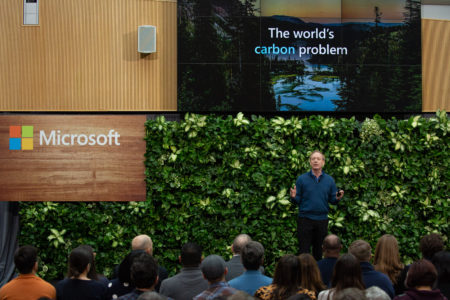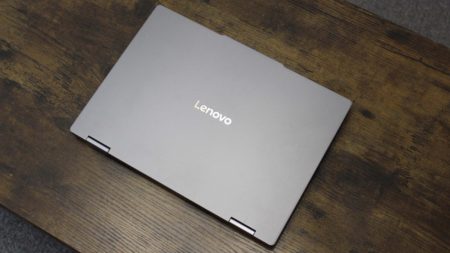Hi friends! If you’re using Docker, you know it’s like a magic box for your app—it runs the same everywhere, from your laptop to a big server. But the file that makes this box, the Dockerfile, needs some care. If it’s not done right, your app can become slow, heavy, or even unsafe when real users start using it in production. Don’t worry, I’ll show you how to make it small, fast, and secure in simple steps. Plus, I’ll give an example you can try!
Why Bother Optimizing?
In production, your app should be quick to start, use less space, and stay safe from hackers. A bad Dockerfile can make your container fat with extra files or risky to run. Let’s fix that, step by step, in a way anyone can understand.
1. Pick a Small Base Image
Every Dockerfile starts with a base image—like the foundation of a house. Big images like Ubuntu have too much stuff we don’t need. Instead, use something small like Alpine Linux. It’s tiny but does the job well.
General Uses:
FROM ubuntu:latest
Better Option:
FROM alpine:latest
Alpine is just 5 MB—Ubuntu is over 100 MB! Smaller means faster and safer.
2. Use Multi-Stage Builds to Cut Junk
When you build an app, you need tools—like a carpenter needs a hammer. But once the app is ready, you don’t need those tools running it. Multi-stage builds let you use tools in one step, then throw them away for the final container. This keeps it light.
For example, with a Node.js app, you build it first, then copy only the final files to a small image. No extra baggage!
3. Don’t Run as Root
By default, Docker runs as “root”—like giving full keys to your house. If a hacker gets in, they control everything. Better to use a normal user. It’s like locking extra doors for safety. Here’s how you can do it:
- Create a User: Add a new user in your Dockerfile with a command like
RUN adduser -D myuser. The-Dmeans no password, so it’s simple. - Switch to That User: Use
USER myuserbefore your app runs. This tells Docker to stop using root and use your new user instead. - Fix File Permissions: If your app needs to read or write files, make sure your user owns them. Add
RUN chown -R myuser /appafter copying files. - Test It: Build and run your container, then check with
docker exec -it [container_name] whoami. It should say “myuser,” not “root.”
Doing this keeps your app safer—like not leaving your house keys under the mat!
4. Speed Up Builds with Smart Order
Docker builds in layers. If you put things that change a lot—like your code—at the end, it reuses earlier steps and saves time. So, install dependencies first, then copy your app code.
5. Fix Versions for No Surprises
If you write FROM node:latest, the image might update and break your app later. Use a fixed version like node:18-alpine. It’s like sticking to one recipe—no sudden changes!
Example: Optimizing a Node.js App
Let’s take a simple Node.js app with two files: package.json (for dependencies) and index.js (the app). Here’s a basic Dockerfile:
FROM node:latest
COPY . /app
WORKDIR /app
RUN npm install
CMD ["node", "index.js"]
Problems? It’s big, keeps extra tools, runs as root, and copies everything—even useless files.
Now, here’s the optimized version:
# Step 1: Build the app
FROM node:18-alpine AS builder
WORKDIR /app
COPY package.json .
RUN npm install
COPY index.js .
# Step 2: Create the production image
FROM node:18-alpine
WORKDIR /app
# Create a non-root user
RUN adduser -D myuser
# Copy files from builder stage
COPY --from=builder /app/node_modules ./node_modules
COPY --from=builder /app/index.js .
# Fix permissions for the new user
RUN chown -R myuser /app
# Switch to the non-root user
USER myuser
# Run the app
CMD ["node", "index.js"]
What’s good here?
- Uses
node:18-alpine—small and fixed image version. - Multi-stage build keeps only the app, no unnecessary tools.
- Installs dependencies first for faster builds.
- Runs as
myuser, not root—safer!
Extra Tips for Production
- Check Health: Add this to see if your app is alive:
HEALTHCHECK CMD curl --fail http://localhost:3000 || exit 1(Change the URL to your app’s.)
- Scan It: Use
docker scanto find security holes. - Hide Secrets: Don’t write passwords here—use environment variables.
You can also use tools like Trivy – recommended by the DevSecOps. To know more about it visit: https://tecadmin.net/getting-started-with-trivy/
Wrapping Up
A good Dockerfile makes your app fast, light, and safe. Use small images, cut extra stuff, avoid root, and keep things predictable. Your production server—and your users—will love it. Have questions? Let me know, I’m happy to help!
The post How to Optimize Dockerfile for a Lean, Secure Production appeared first on TecAdmin.
Source: Read More

